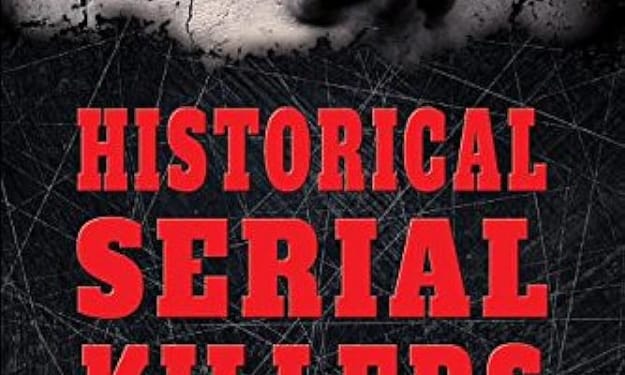
The Nuremberg Trials were a series of landmark trials after World War 2. You’ve heard of the Nazi atrocities. Haven’t you ever wondered how they were put to justice? Many of the defendants killed themselves, many were found guilty for their crimes. This series of trials educated the world about the world of Nazi atrocities and put many to justice.
The International Military Tribunal was a court for war criminals created after World War 2 to put war criminals to justice. Franklin Roosevelt, Joseph Stalin, and Winston Churchill signed the Moscow Declaration. It stated that at the time of armistice regular war criminals must be tried in their home countries. But major war criminals must be dealt with by international authorities. The judges in the trial at Nuremberg were from the USA, UK, France, and the USSR. The presiding judge was Geoffrey Lawrence from the UK. The Nazis were charged with crimes against peace, war crimes, and crimes against humanity. All objects of Nazi life were removed from Germany by the allies. You might be asking, how did they get the Nazis who were in hiding? The answer to that is Nazi hunters like Simon Wiesenthal and Beate Klarsfeld. They captured hiding Nazis and brought them to Nuremberg and Jerusalem. Since this was an international trial, many people were native to different languages. The solution to this problem was a team of translators. The defendants were equipped with headphones that tuned to different languages, courtesy of translators.
The individuals tried in the trials (Defendants People). This includes people like Martin Bornman, Alfred Rosenberg, and Fritz Sauckel. In these trials there were three different fates: death penalty, guilty, and not guilty. 12 defendants in the main trial received death, while 4 were found not guilty, and 12 found guilty. (All of which who were found guilty received death.)
The organizations that were put on trial in Nuremberg. (Defendants Organizations.) Six organizations were tried in Nuremberg. Four of which were found guilty and two of which were acquitted. The organizations found guilty were groups like the Gestapo (Secret Police) and Leadership Corps of the Nazi Party, which was the major leader branch of the Nazi party. The two not guilty were the General Staff and High Command of German Armed Forces.
There were multiple cases in Nuremberg. (12 Trials) These included different companies and organizations. For example The Medical Case, The Flick Case, and The Pohl Case. These organizations committed crimes like slavery, human experimentation, murder, and burglary. There were around 120 people found guilty and 4 people who died before the trial because of either suicide or illness.
There were three main trials in Nuremberg: the first trial, main trial, and the Eichmann trial. In 1942, British leaders first began discussing how to put Nazis to justice. Nuremberg, Germany was chosen because it was in the American Zone in Germany, the court was large and had a large prison, and Nuremberg had symbolic values since laws discriminating against other people were made there. The trials were show trials which meant that they were to inform the public on what happened and serve justice. Some excuses made by the Nazis deemed unacceptable were that the genocide was from other departments or they were just "following orders." There was too much evidence not to have a trial. The trial of Adolf Eichmann occurred in the early 1960s. In 1960 he was reported to be in Argentina under a false name (Ricardo Klemente). Israeli agents (Nazi hunters) kidnapped him and brought him to Jerusalem. Israeli parliament erupted in joy when the news was announced. He was found guilty and hung in May of 1962.This was the first time Israel carried out a death sentence.
In conclusion, the Nuremberg trials show that people being slaughtered will have no exceptions and that justice will be there when needed. The Nuremberg Trials were a series of landmark trials that opened people’s eyes to Nazi atrocities.
About the Creator
Cosmin Adamache
Just a guy who enjoys writing. Instagram: @konnormcdaniel






Comments
There are no comments for this story
Be the first to respond and start the conversation.